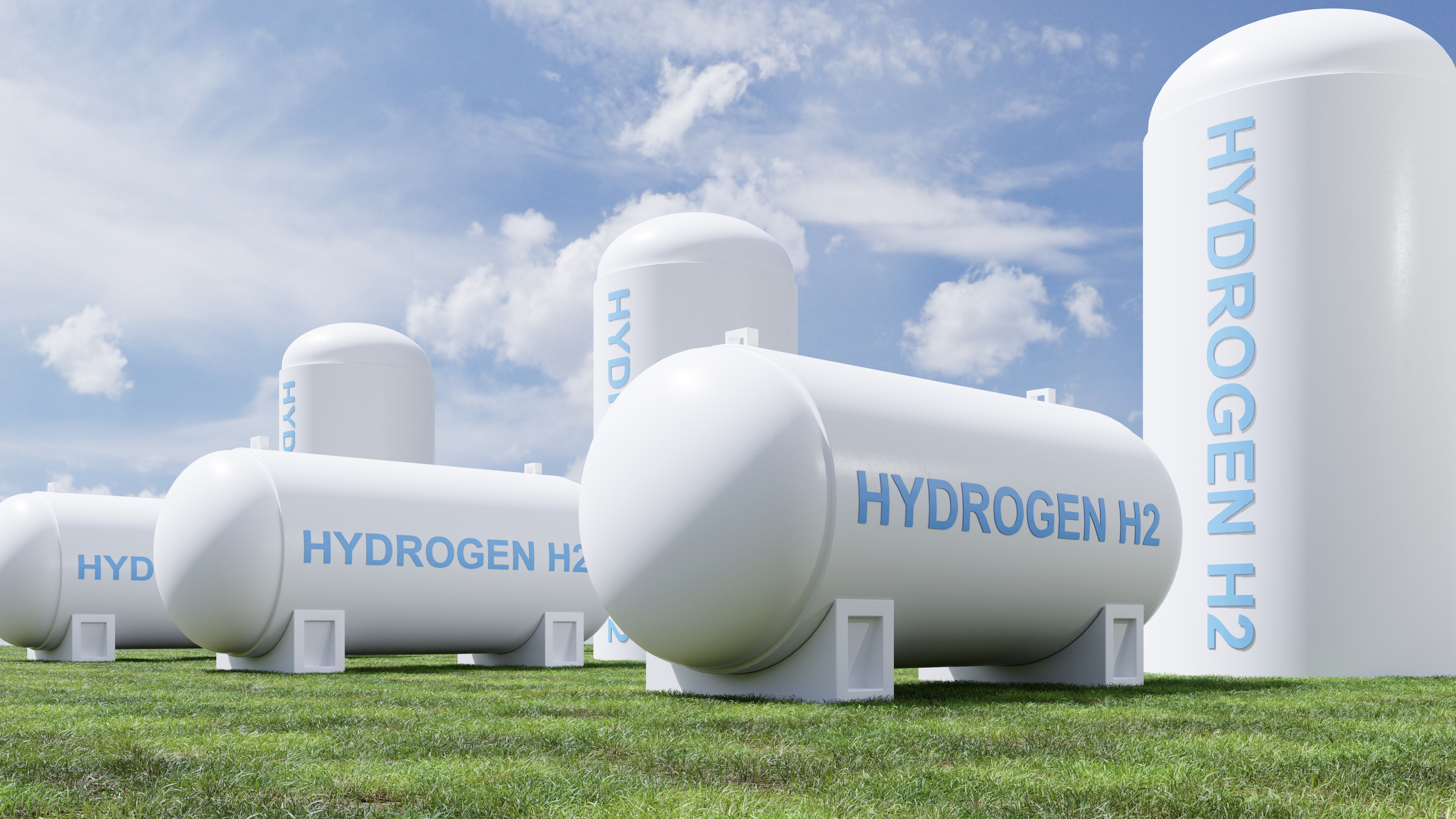Plug Power (PLUG 1.19%) was one of the hottest IPOs of its time. The company started off as a developer of fuel cell systems for residential electricity generation. Erstwhile General Electric was an early investor, and the two companies also formed a joint venture in 1999.
Its collaboration with General Electric was one of the biggest selling points for Plug Power's initial public offering (IPO) in October 1999. Investors who bought the IPO weren't disappointed. It was the peak of the dot-com era, and Plug Power shares skyrocketed from a reverse split-adjusted IPO price of $150 per share to an all-time high closing price of $1,498 apiece on March 10, 2000 before subsequently crashing.
Today, Plug Power stock is trading below $3 per share. What happened?
In its Form S-1 filed in 1999 ahead of its IPO, Plug Power said it expected to incur losses through at least 2003. Now, more than two decades later, the company has yet to turn a profit. Plug Power's inability to meet goals and become profitable has been a major factor in eroding investor confidence and sending the hydrogen stock plunging over the years.
However, shares of Plug Power have surged nearly 250% in just the past six months, as of this writing. A lot is happening at Plug Power, including a recent major project milestone, substantial deals, and a new incoming CEO. In early October, one analyst even raised Plug Power stock's price target to $7 per share. That's a more than 100% upside in just 12 months. Industry experts, meanwhile, project the hydrogen industry to grow exponentially in the coming years.
Could this mark the start of a powerful bull run that transforms Plug Power into a monster stock in five years?

Image source: Getty Images.
Why has Plug Power stock surged in 2025?
From a business standpoint, 2025 is proving to be a pivotal year for Plug Power. Some of its key moves and achievements this year include:
- Launching Project Quantum Leap to reduce annual costs by $150 million to $200 million.
- Shifting focus from material-handling equipment like fuel-cell forklifts to green hydrogen production and electrolyzers.
- Securing a 5-gigawatt (GW) electrolyzer deal from Australia's Allied Green Ammonia.
- Delivering the first of its 10-megawatt GenEco electrolyzer to Galp's Sines refinery in Portugal (Plug Power's largest project worldwide).
- Achieving record production at its hydrogen plant in Georgia -- the largest green hydrogen plant in the U.S.
The last two are significant milestones. Scaling up hydrogen production will reduce Plug Power's dependence on third-party suppliers and lower costs, making it become a vertically integrated company. The delivery of its first electrolyzer to Galp validates Plug Power's ability to deliver full-scale commercial hydrogen solutions, unlocking substantial growth opportunities in major markets like Europe.
Most importantly, Plug Power's cost-cutting efforts and better hydrogen pricing are showing up on its numbers.
In the second quarter, revenue from electrolyzers tripled year over year, driving its overall revenue higher by 21%. Plug Power's gross margin, although still negative at 31%, improved drastically from a negative 92% in the year-ago quarter.
Could Plug Power stock become a multibagger in five years?
Plug Power has a game plan for the next five years. It sees "sustainable growth" over the next five years and expects to break even on its gross margin on a run-rate basis by this year's Q4. By the end of 2027, Plug Power expects to become operating-income positive and achieve overall profitability by 2028.

NASDAQ: PLUG
Key Data Points
A leadership reshuffle is also underway, with Jose Luis Crespo all set to replace Andy Marsh as the CEO from March 2026. Since joining Plug Power in 2014, Crespo has been instrumental in overseeing the company's global operations, growing its sales funnel to more than $8 billion, and building relationships with key customers like Amazon, Home Depot, and Walmart.
Analysts project Plug Power's sales to grow by roughly 24% each in 2026 and 2027. If Plug Power can grow at this pace for the next five years, its sales could triple to $3.5 billion by 2030 and the stock price cross $12 a share, assuming the same number of shares outstanding as of June 30 and a low price-to-sales ratio of 4. That could still be a conservative estimate if Plug Power turns profitable in between.
Of course, a lot could go wrong in between, and it could be too early for Plug Power to become a 10-bagger in five years. Yet, given Plug Power's progress in 2025, the odds look stacked in favor of a lot more upside in the stock price than downside.